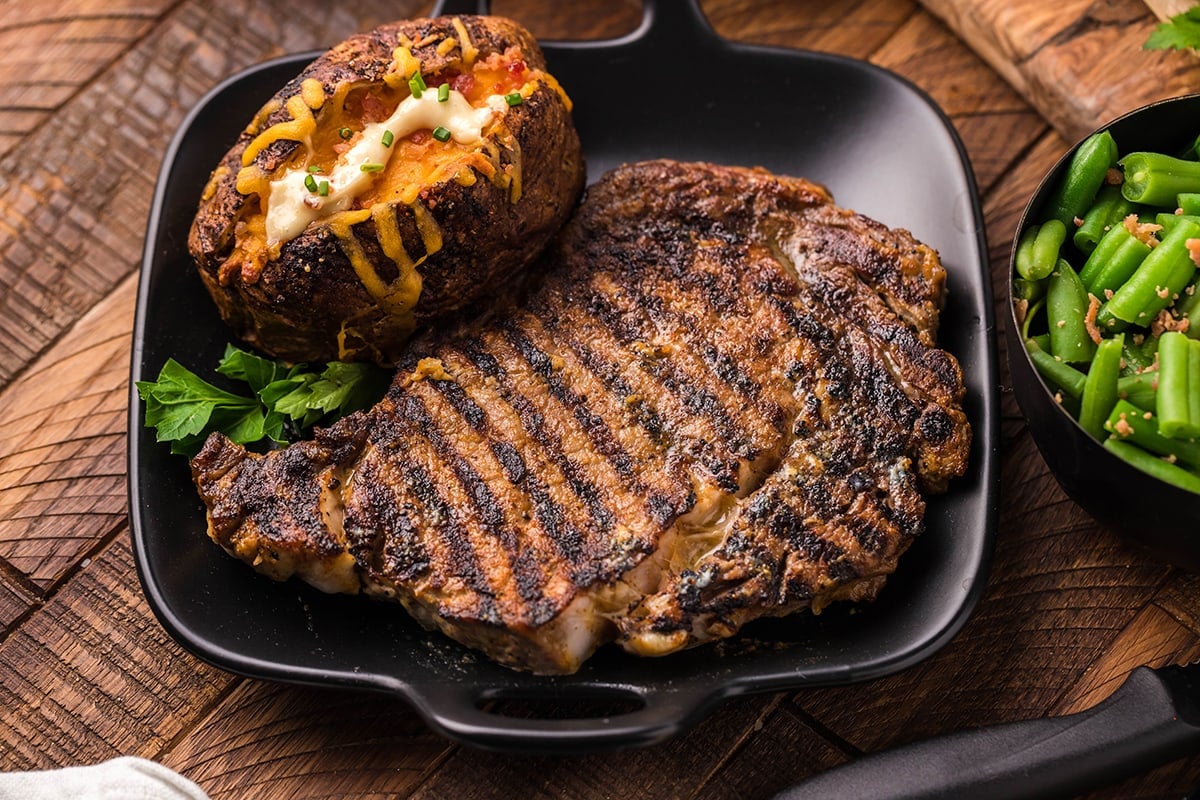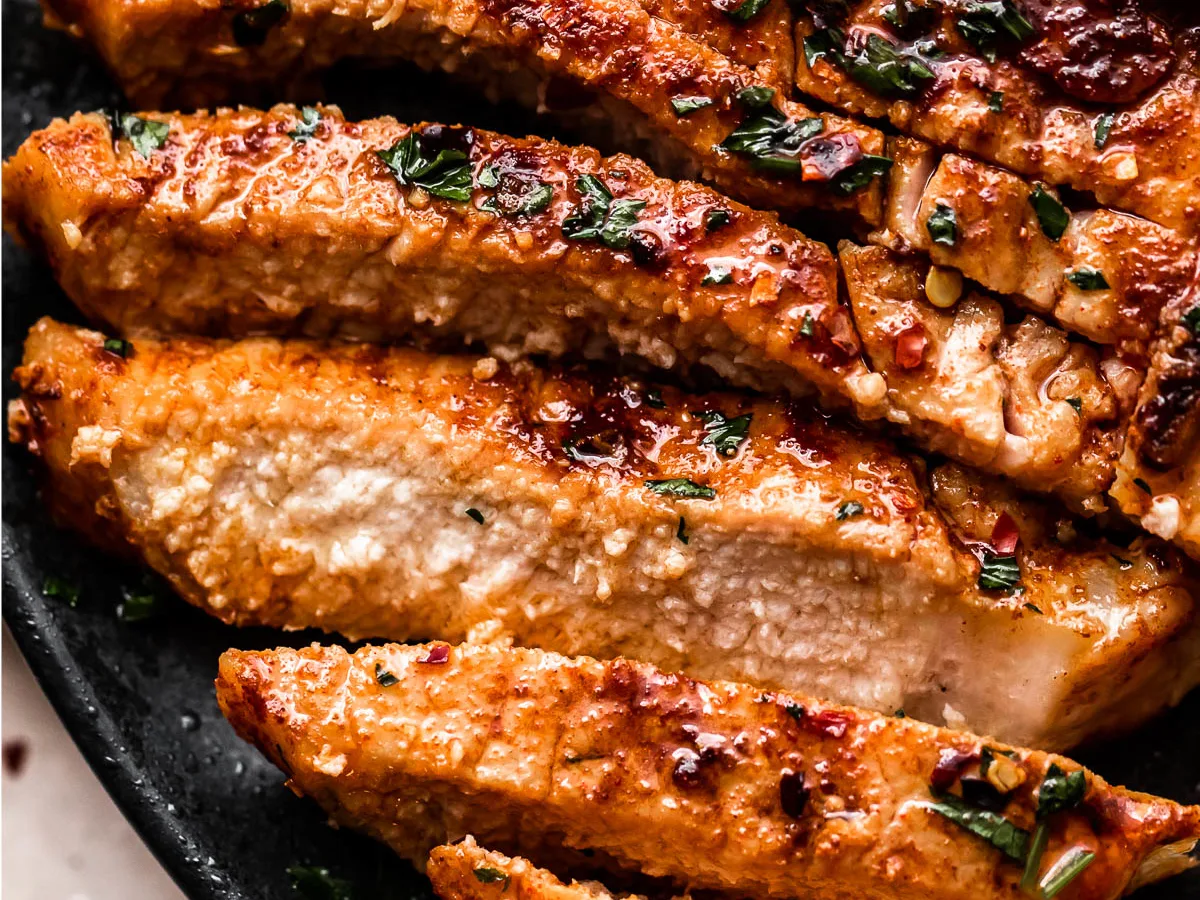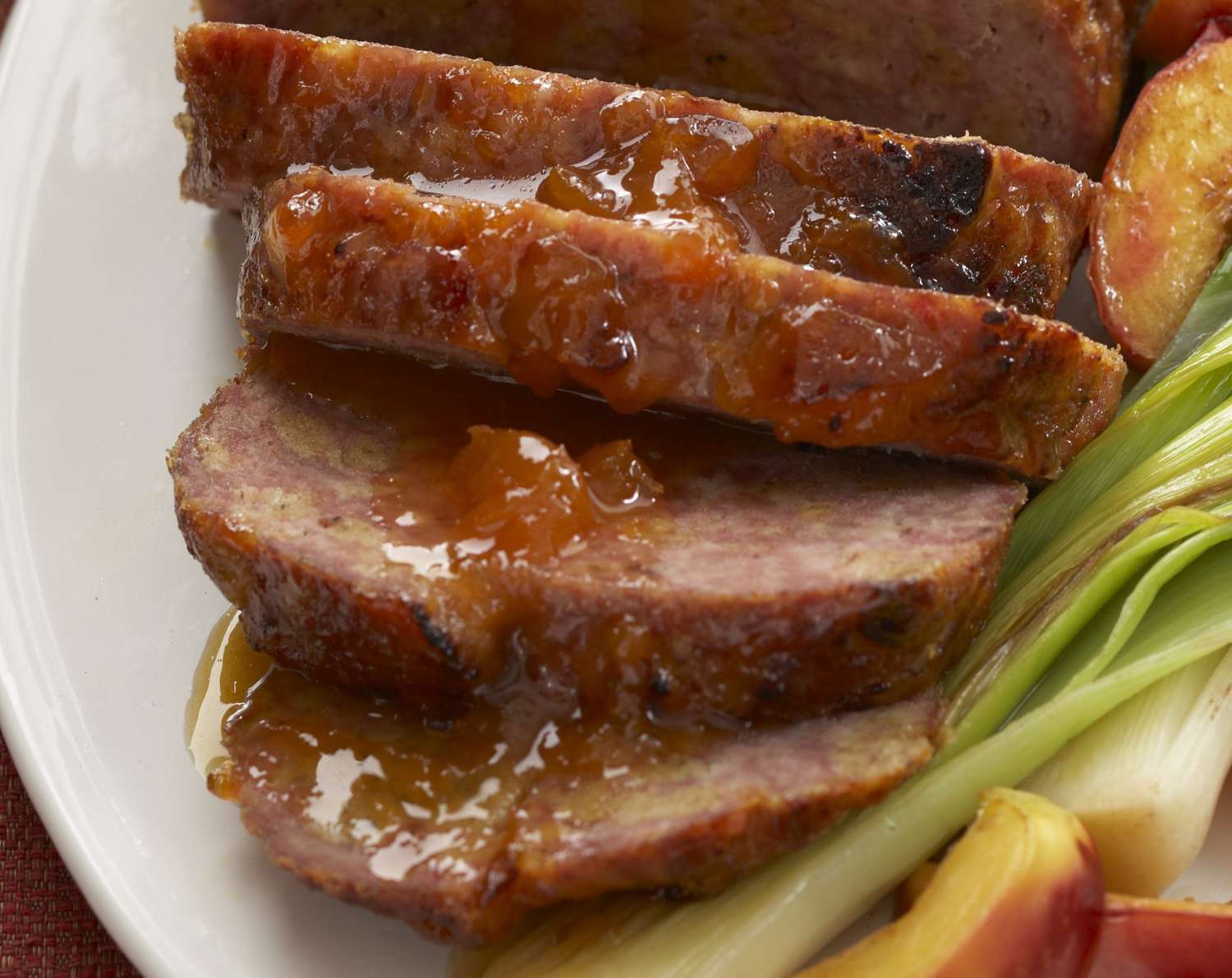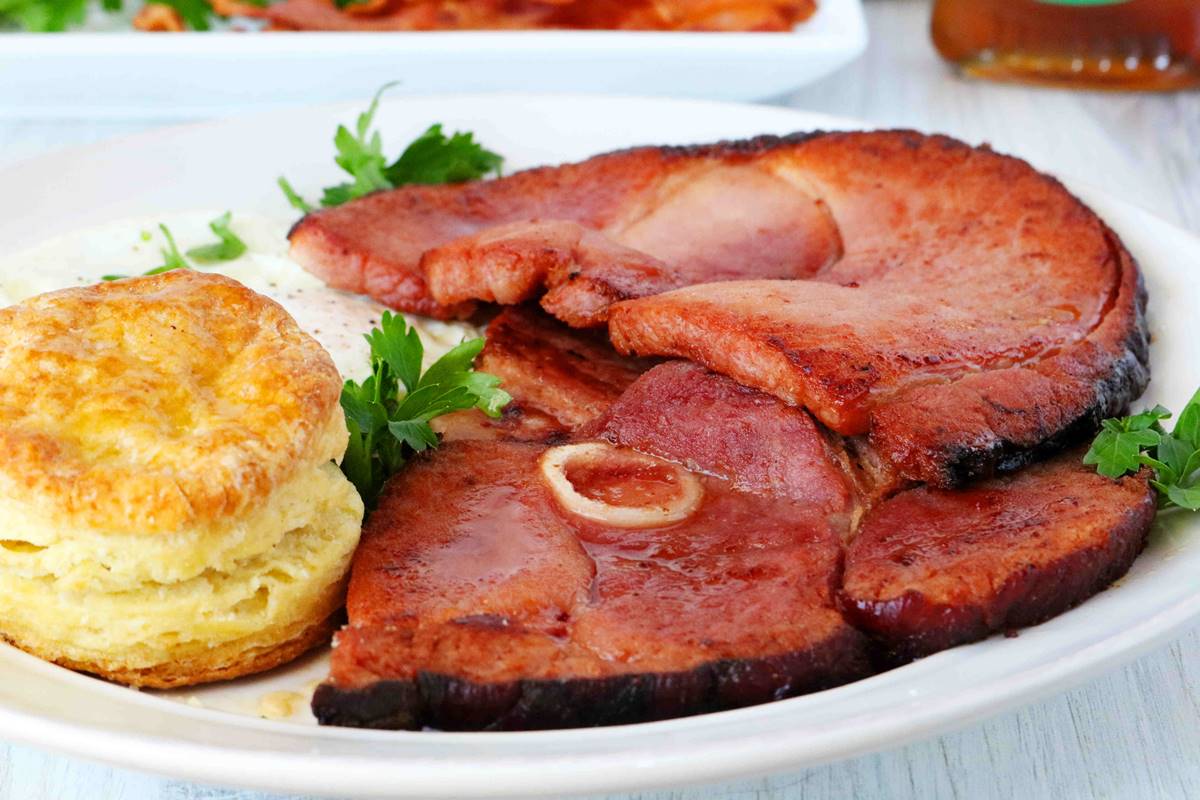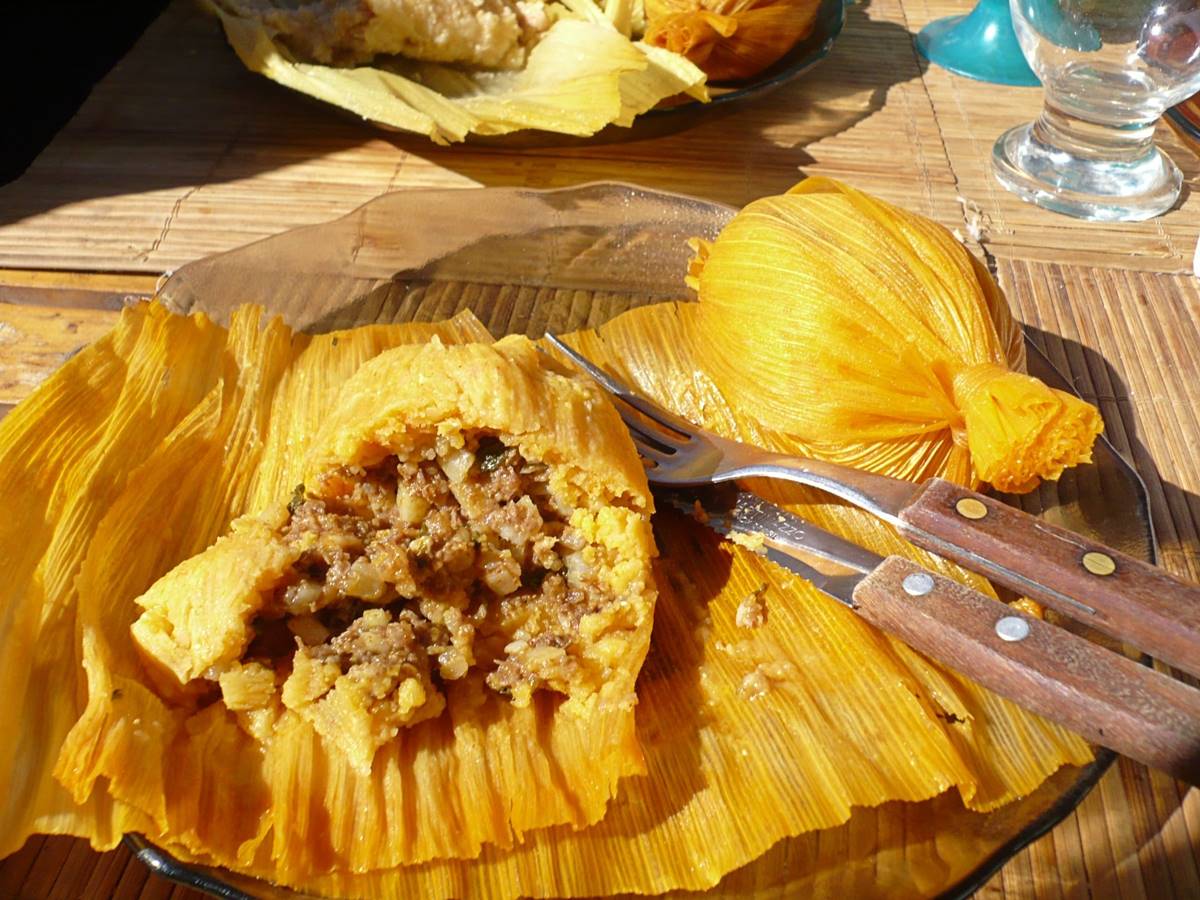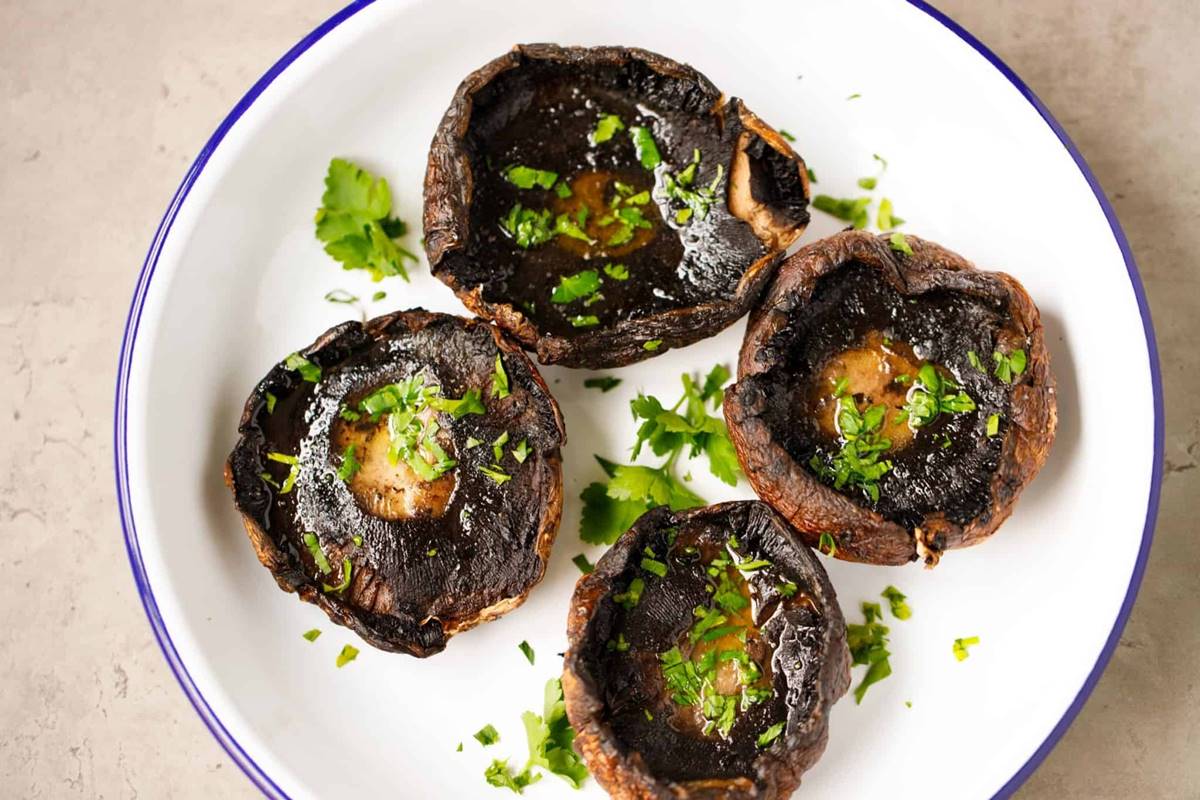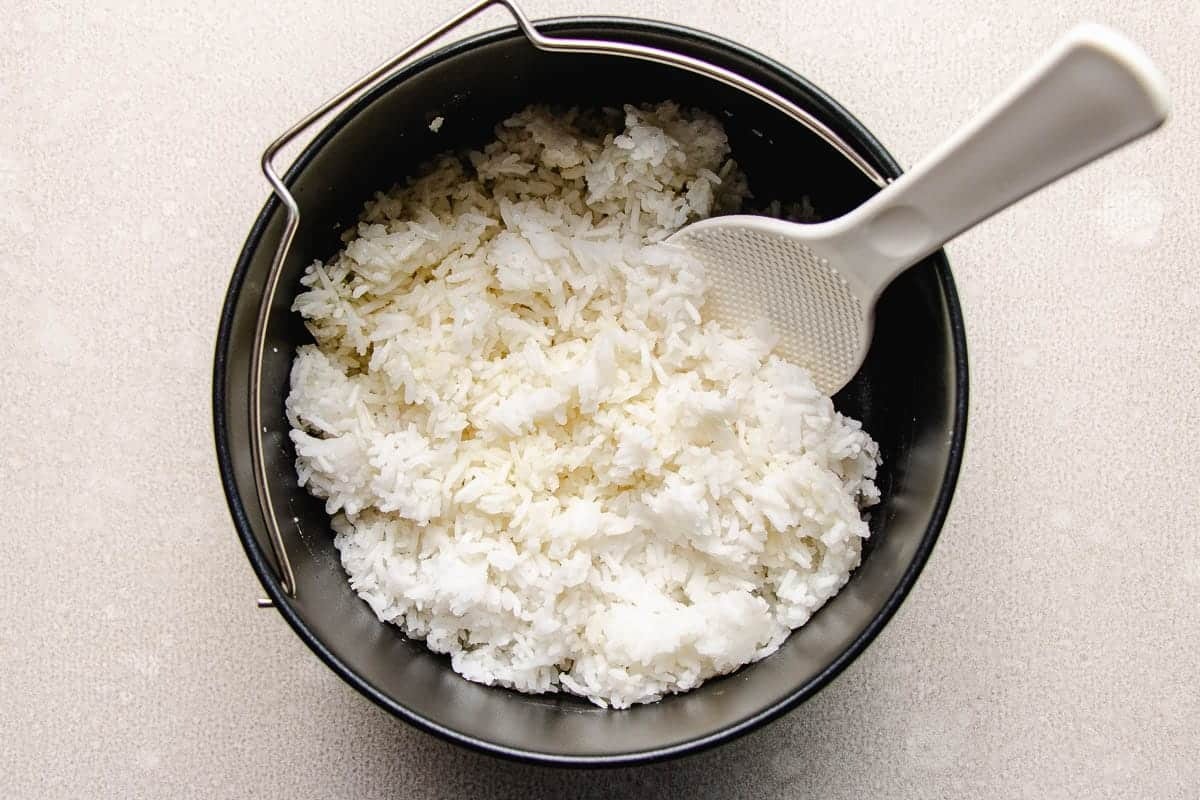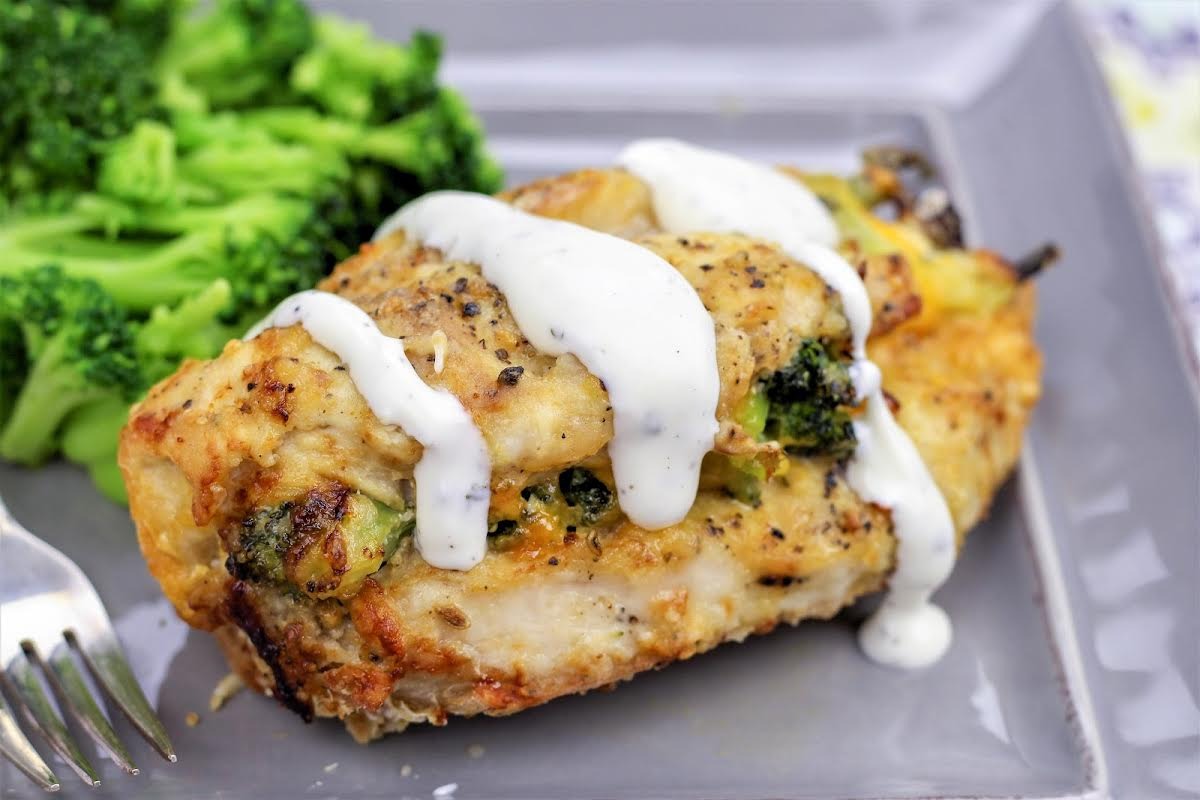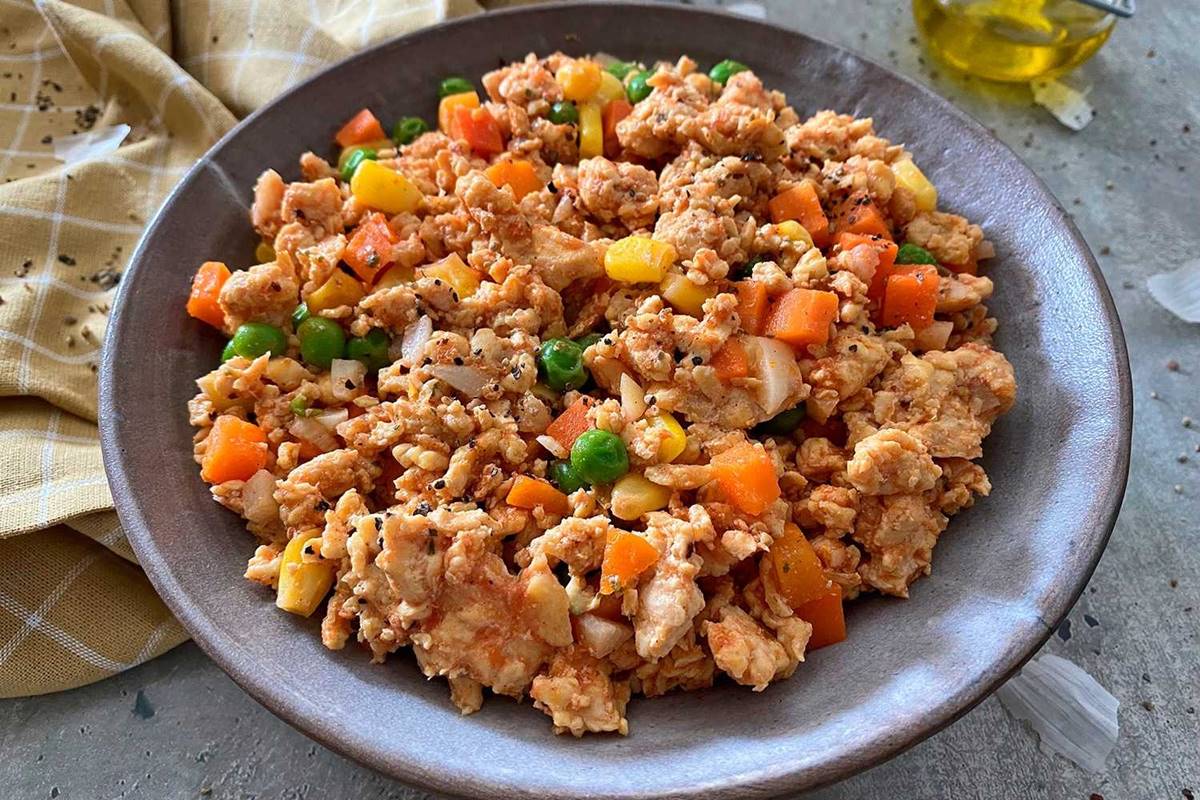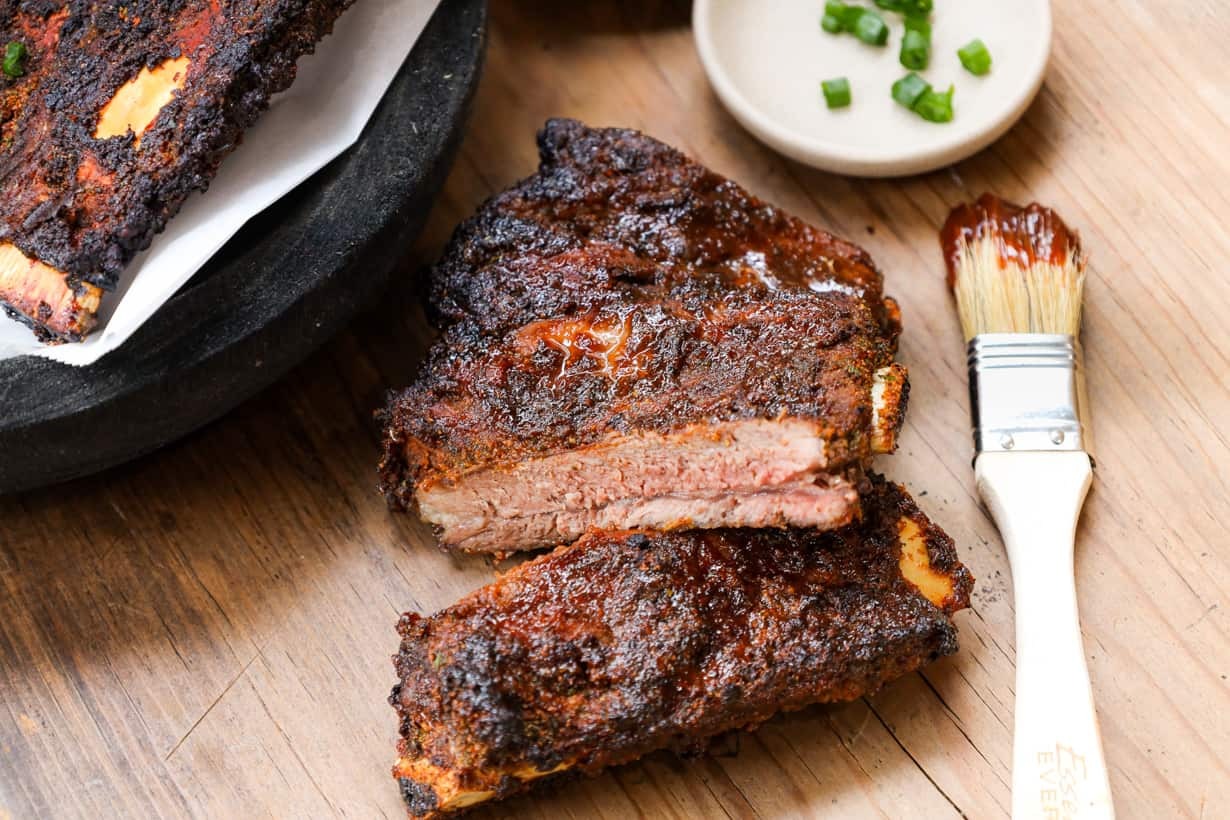How To Cook Frozen Asparagus In The Oven
Asparagus is a versatile and delicious vegetable that can be enjoyed in many ways. If you’re wondering how to cook frozen asparagus in the oven, you’ve come to the right place. Whether you’re a beginner in the kitchen or a seasoned chef, this simple guide will show you how to transform frozen asparagus into a flavorful and tender side dish.
Ingredients:
- 1 pound frozen asparagus
- 2 tablespoons olive oil
- 1 teaspoon garlic powder
- ½ teaspoon salt
- ½ teaspoon black pepper
Instructions:
- Preheat your oven to 425°F (220°C) and line a baking sheet with parchment paper.
- Take the frozen asparagus out of the freezer and let it thaw for a few minutes.
- Once thawed, place the asparagus on the prepared baking sheet and drizzle with olive oil.
- Sprinkle garlic powder, salt, and black pepper over the asparagus, ensuring they are evenly coated.
- Using your hands or a pair of tongs, gently toss the asparagus to make sure the seasonings are well distributed.
- Spread the asparagus out in a single layer on the baking sheet, making sure they are not overcrowded.
- Place the baking sheet in the preheated oven and cook for 10-15 minutes, or until the asparagus is tender and lightly browned.
- Once cooked, remove the baking sheet from the oven and serve the roasted asparagus as a side dish or incorporate it into your favorite recipes.
Roasting frozen asparagus in the oven is a quick and easy way to bring out its natural flavors and maintain its nutritional value. The high heat of the oven allows the asparagus to caramelize slightly, enhancing its sweetness and creating a delightful crunch.
Remember that cooking times may vary depending on the thickness of the asparagus spears and your desired level of doneness. Thinner asparagus might cook faster, so keep an eye on them to prevent overcooking.
Roasted frozen asparagus can be enjoyed on its own as a side dish, or you can get creative and incorporate it into various recipes. Add it to salads, pasta dishes, stir-fries, or even omelets for an extra boost of flavor and nutrients.
So next time you find yourself with a bag of frozen asparagus, don’t hesitate to give this oven-roasting method a try. With minimal prep time and maximum taste, you’ll have a delectable vegetable dish that’s sure to impress!
Explore More Recipes and Ways to Use Frozen Asparagus
Now that you've mastered the art of cooking frozen asparagus in the oven, why not put this skill to good use by exploring a variety of delicious recipes? For a wholesome dinner, try the Oven-Roasted Asparagus and Salmon Sheet Pan Dinner, which combines the heartiness of salmon with the crispness of asparagus. If you’re in the mood for something creamy, the Roasted Asparagus and Chicken Alfredo Pasta makes for a comforting meal. For those seeking a lighter option, the Roasted Asparagus and Quinoa Salad with Lemon Vinaigrette is refreshing and nutritious. We highly recommend the Asparagus and Parmesan Stuffed Chicken Breasts for a flavor-packed dish that impresses at any dinner table. Each recipe utilizes oven-roasted asparagus, allowing you to apply your newly acquired cooking skills in diverse and tasty ways.
Was this page helpful?
Read Next: How To Cook Frozen Okra In The Oven
